
While most businesses are focusing on survival and the essentials to keep the “gears turning” during this time of COVID-19, preparing your business for the future is also important. When the world reopens, the desire to go green will continue to become even more mainstream and expected of everyone, especially major corporations. If your business does nothing, it could affect your public image. You can prepare by developing a Corporate Responsibility Strategy (CRS).
You may not know where to start when it comes to developing a CRS, especially if the concept is new to you and the business. You came to the right place because we are going to show you exactly what you need to do step by step to come up with a plan!
A CRS includes sustainability and a prioritized set of actions with a detailed plan for your business. You can create a CRS for any tier of responsibility, including environmental. This guide will cover the areas that you will need to include in the development of your strategy, including:
- Defining your Mission Statement, Vision, and Corporate Values
- Outlining and prioritizing issues by level of importance and impact
- Listing key benefits, factors, risks, and setbacks
- Measuring your current impact and setting a target for each priority
- Implementing a plan of action and assigning responsibilities
- Conducting routine meetings, giving feedback, and making adjustments
Defining your Mission Statement, Vision, and Corporate Values
The first step in developing your Corporate Responsibility Strategy is to give detail to your company’s mission statement. Your company may have created one at inception. Still, it’s essential to clarify what your business sets out to do and why it exists from a sustainability mindset, with social expectations playing a part in the changes you are going to make to satisfy your shareholders.
Your vision will include what your company is trying to accomplish. Your corporate values (or guiding principles) should reflect the aims of your business concerning your strategy and plan of action. Make sure you take every shareholder into account when describing these aspects of your company, and make sure they reflect your company’s culture.
Outlining and Prioritizing Issues Within the Company and Shareholders
Start making a list of the issues that your company faces, and any issue that a shareholder brings up. Remember that shareholders include people that work within the business, customers, and anyone else who has an impact. If your strategy focuses on environmental concerns, include every issue that comes up, whether it’s waste reduction, water conservation, recycling, reducing carbon emissions, or another concern.
After you have the list complete, start sorting the issues by level of importance and the potential impact on the company and environment if implemented successfully.
Use time frames and a calendar to set dates for short and long-term goal completion. Your long-term goals should be broken down into manageable short-term goals. Write a list of the changes you’d like to see. Focusing on a few areas with precision and determination is better than focusing on too many and not reaching them because of spreading yourself too thin.
Schedule remote meetings for reviewing, and reporting. Consistency is key concerning your plan of action. Due to social distancing, it may be difficult to quantify certain aspects such as waste reduction. Nonetheless, if you aim to reduce the amount of waste produced when in-office work resumes, you may set goals and plan to purchase recycling bins and place them around the workspaces.
You can also consider researching and purchasing manufactured goods that are recyclable or reusable, and reduce the amount of packaging per item ordered to produce less waste.
Listing Key Benefits, Factors, Risks, and Setbacks
The benefits are all the reasons you and your team should be happy to start your corporate responsibility strategy and will not only help the shareholders as individuals but will help the business itself. Key benefits of environmental sustainability initiatives might include:
- Enhancing company image
- Increasing efficiency and productivity
- Reducing costs and increasing revenue
- Attracting employees and investors
- Satisfying shareholders
- Reallocating resources and investments into most important areas
Some key factors may include optimizing energy usage, reducing or eliminating waste, recycling, and work efficiency. Every business is unique, so tailor your benefits and factors accordingly. The last parts to include are risks and setbacks. Inefficient systems and lack of cooperation among shareholders could be detrimental to your strategy. It’s important that everyone communicates effectively and works together to achieve these goals.
Failure to work as a team could be a major setback. Motivate your team members and set an example of cooperation. If you wish to get input from your customers, try having them fill out a survey online that focuses on the issues that are most important to them. Customers love it when their input is requested and valued. Having the initiative is the start of the plan, but the strategy is part of the bigger picture, the long-term plan for environmental responsibility.
Measuring Current Impact and Setting Targets
This step involves regularly gathering data, conducting evaluations, and using key performance indicators (KPI). KPI is a measurable way to determine the success of an objective. While collecting data will likely be difficult due to social distancing and limited employees at the office, it is a necessary step to gauge the success of your efforts.
When office work resumes, it will be important to analyze how much water you’re using, the number of your carbon emissions, your energy usage, or the amount of waste you’re producing. Give measurements for each issue of priority and discover where you’re at. Then determine where you need to be. For example, you may discover that you are using too much water after conducting water usage analysis, and plan on reducing the amount of business water consumption by 20% by the year 2022.
Your analysis may include listing every water use, assessing each use, gathering ideas to conserve water, reviewing your KPI over time, and making adjustments as necessary. Your targets should be clear and concise, linked to goals, consistent with strategy, and provide the biggest impact. Your KPI will measurably determine where the company is with where it needs to be. They should include these targets in your short-term and long-term goals on your calendar.
Implementing a Plan of Action and Assigning Responsibilities
Employees need updates regularly about individual habits and behaviors that will help contribute to reaching targets and goals. Each program put into place should have an overseer or project manager responsible for keeping up with KPI and ensuring performance. Remember that indicators aren’t just resource measurements, but aspects of the company like revenue and profit margin. The idea is to have effective communication and evaluation for your plan of action. There should be feedback from all shareholders, and you should encourage employees to give input.
For example, your company may want to sell products made from recyclable material or use less material in the volume during production. Some may want to reduce their carbon footprint by having virtual meetings online and reducing travel. Businesses may want to use suppliers that have the same environmental goals and vision that they do, and use their products and services instead of using a manufacturer that doesn’t share your company’s vision and values.
Conducting Routine Meetings, Giving Feedback, and Making Adjustments
If your company’s plan of action includes reducing water usage, try to bring up your ideas during any meetings and encourage others’ input too. If you have facilities staff available, consider arranging an install for water-efficient systems and appliances, fixing leaks promptly, regularly scheduled maintenance, using dual flush toilets, or using fans and vents instead of air conditioning on certain days. Make sure employees are aware of their efforts and behavior, as it will reflect this in the evaluation and review. Anything that is not working can be brought up during a meeting, where everyone can arrive at a better solution.
Sometimes a change of plan is necessary to create the highest impact. These plans can help create company resilience, as it would prepare you for tough times, such as water restriction during a drought. Using a water restriction checklist and drought checklist can help you reduce your company’s water footprint.
This outline will help you in developing your corporate responsibility strategy efforts and gives you a basic understanding of how to create and implement it. Reaching these sustainability goals is very possible for every company! Using teamwork, having positive attitudes and cooperation on all levels will make all the difference!
Sources:
Chong, W. N., & Tan, G. (2010). Obtaining Intangible And Tangible Benefits from Corporate Social Responsibility. RESEARCH COLLECTION LEE KONG CHIAN SCHOOL OF BUSINESS, 1–13. Retrieved from https://www.smu.edu.sg/
Tharp, J. & Chadhury, P. D. (2008). Corporate social responsibility: what it means for the project manager. Paper presented at PMI® Global Congress 2008—North America, Denver, CO. Newtown Square, PA: Project Management Institute. Saving Water in Your Workplace. (2016, August 9).
Retrieved March 27, 2020, from https://www.business.qld.gov.au/running-business/environment/saving-water/workplace Morrissey, N. (2018, May 14).
5 Steps To Building A Sustainable CSR Program. Retrieved March 27, 2020, from https://www.globalgiving.org/learn/steps-to-sustainable-csr/

























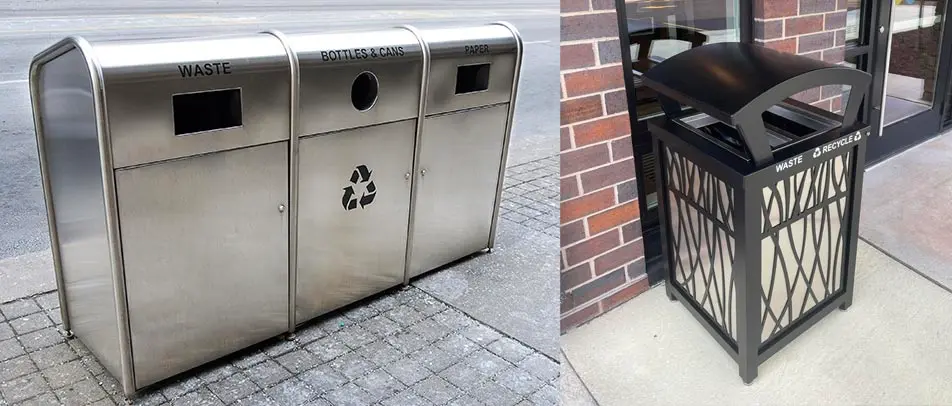



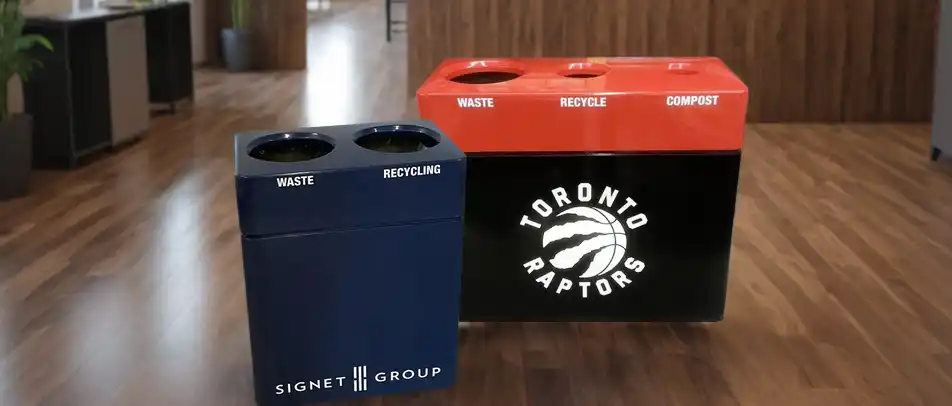





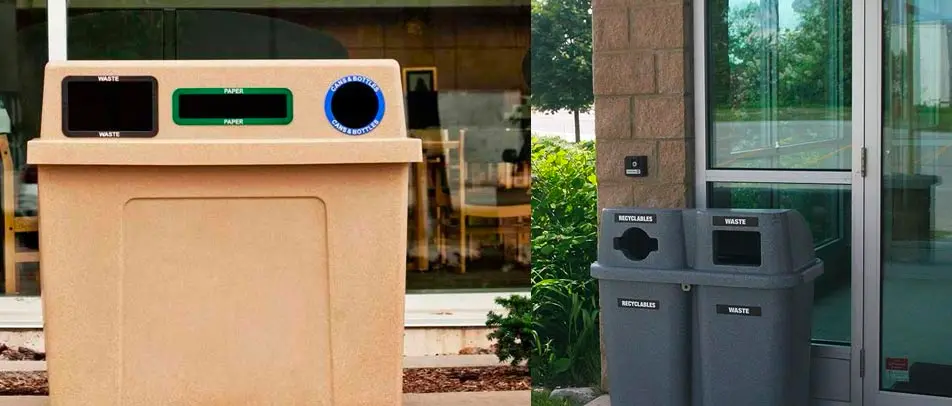
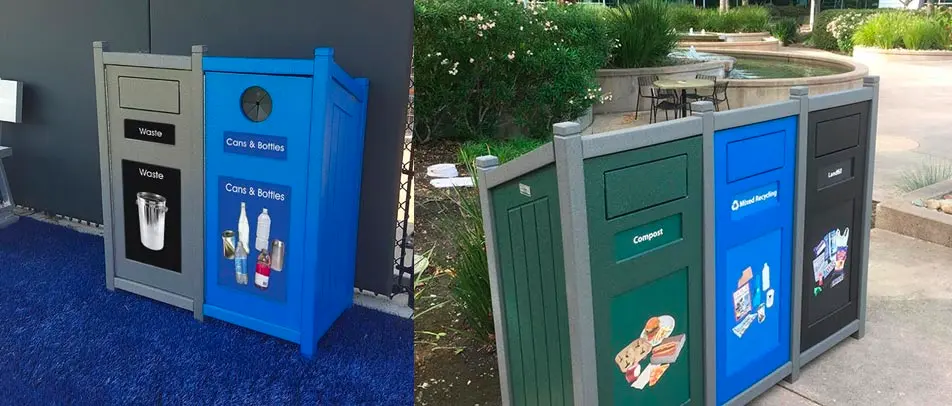
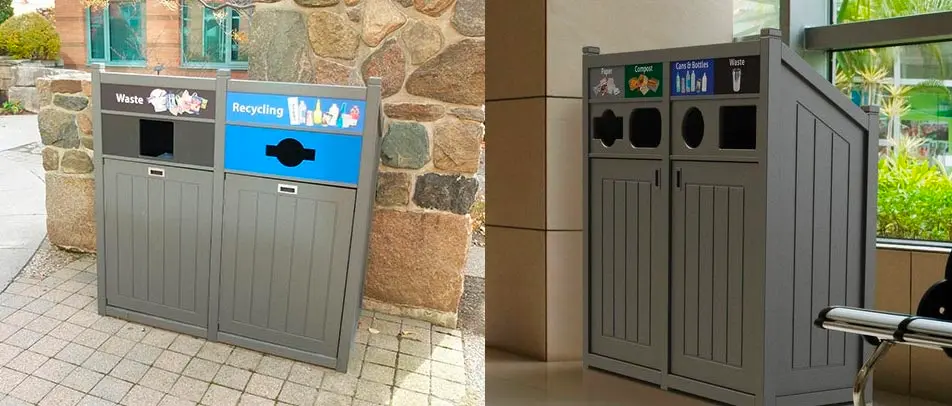



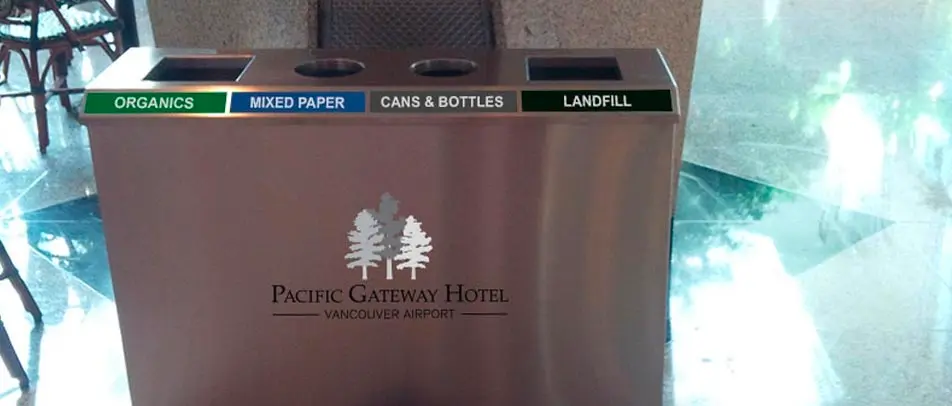

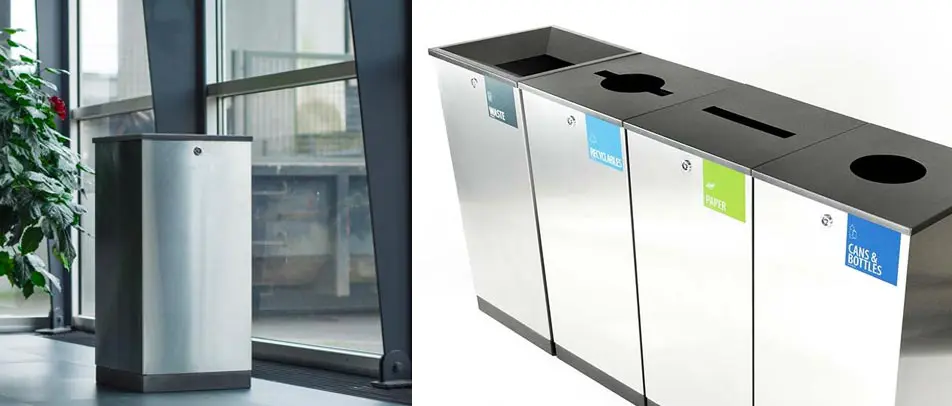

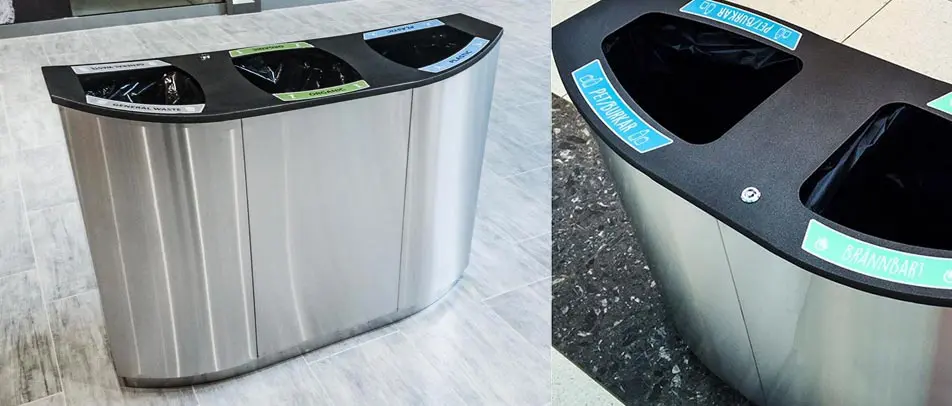





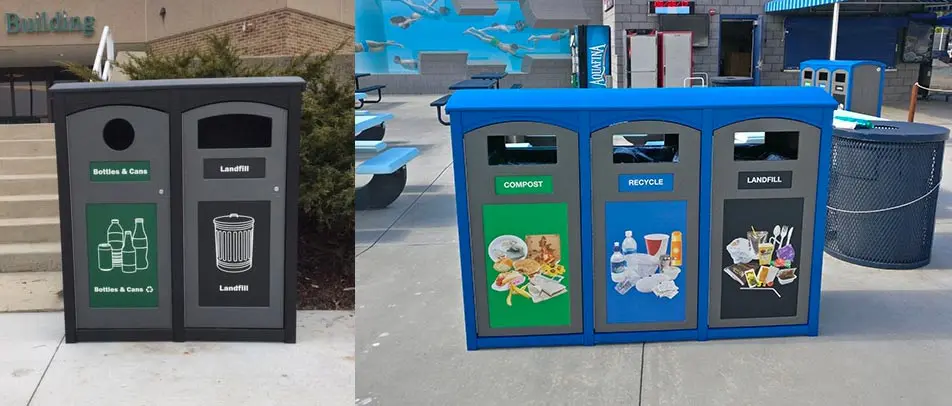
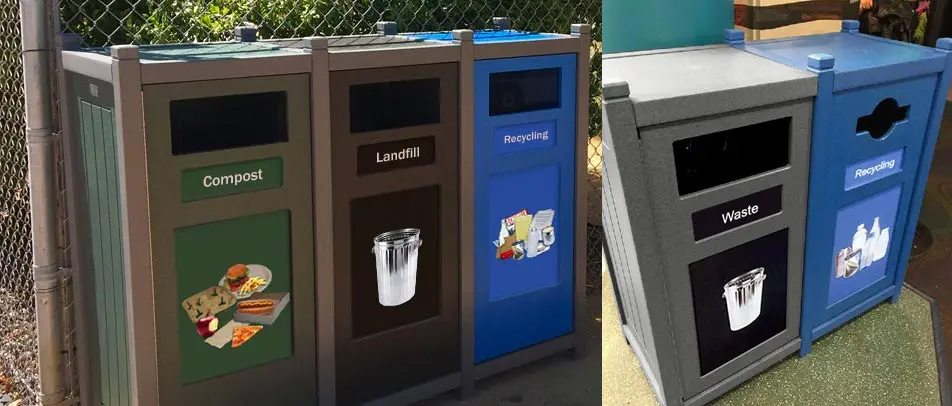
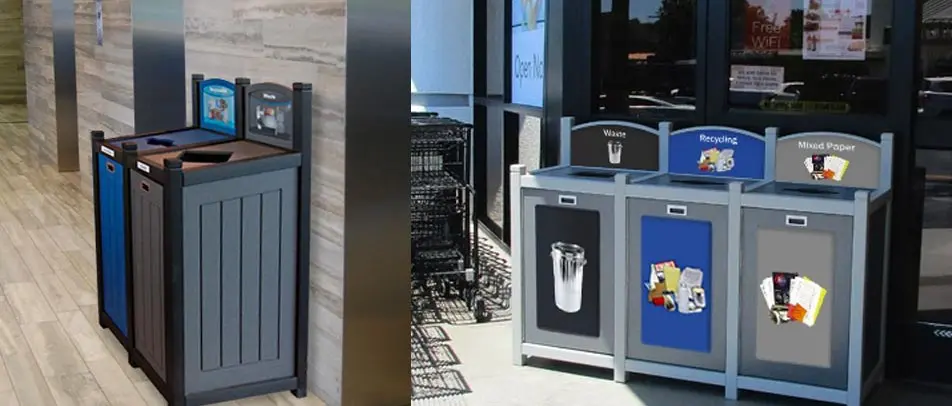



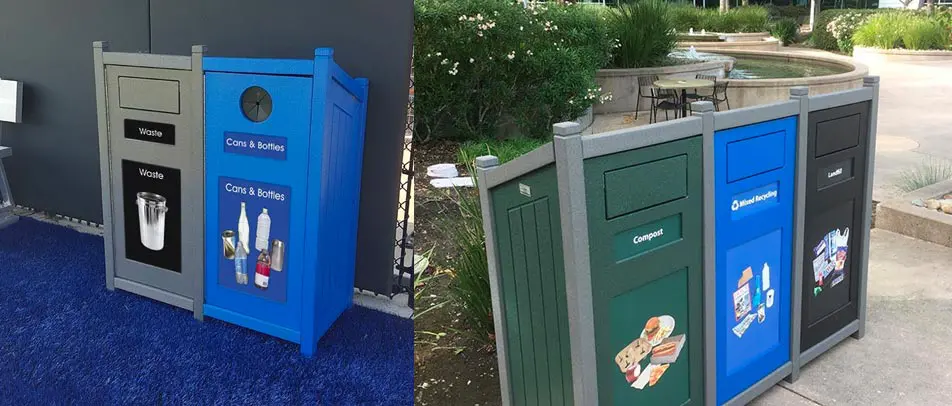
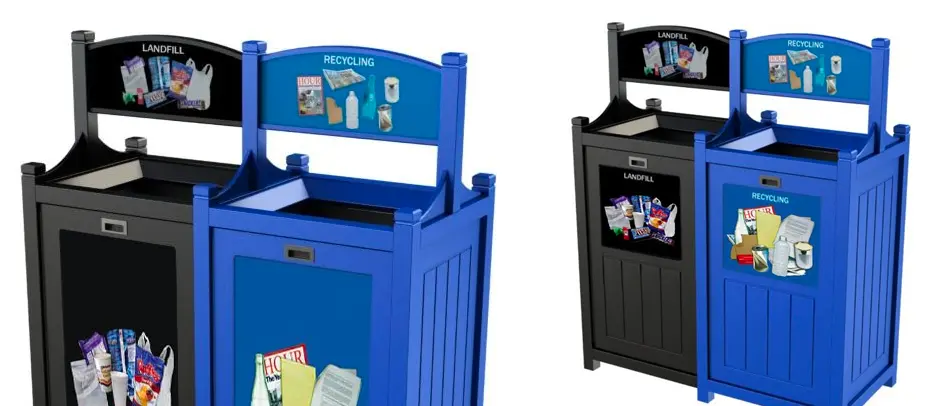


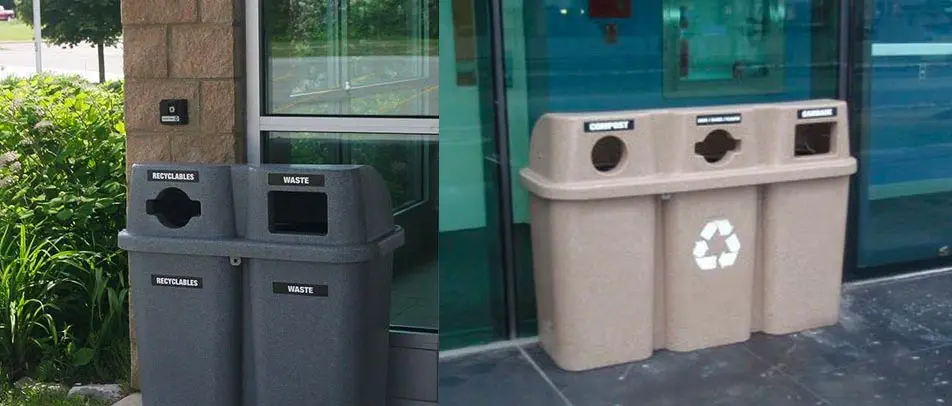



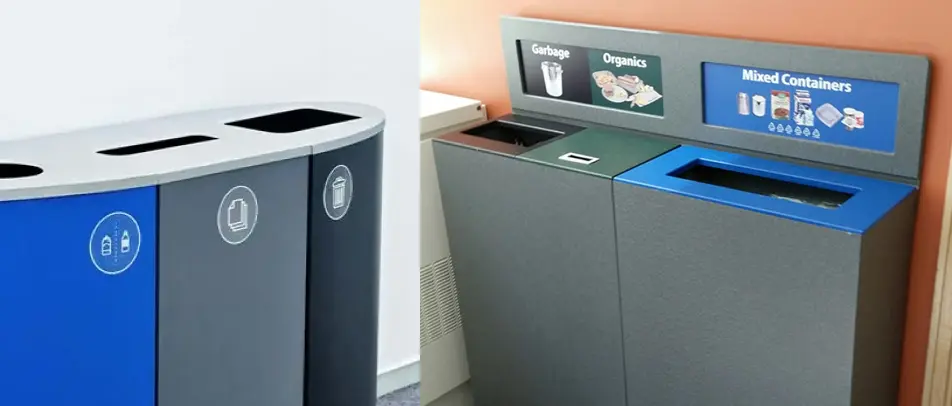

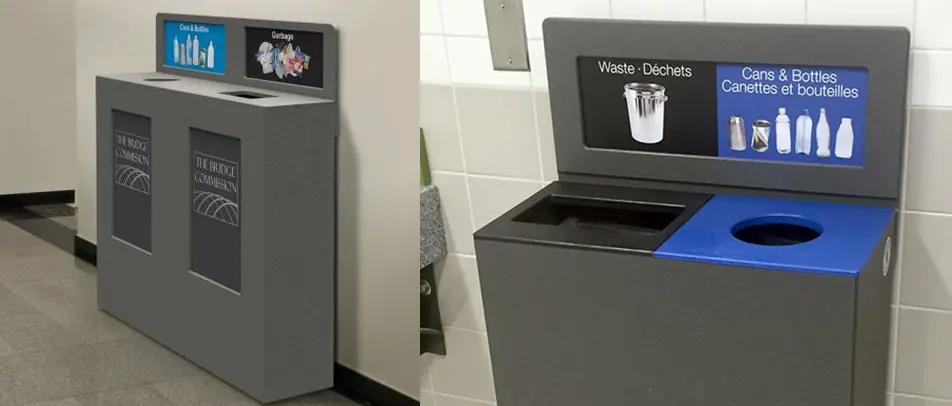
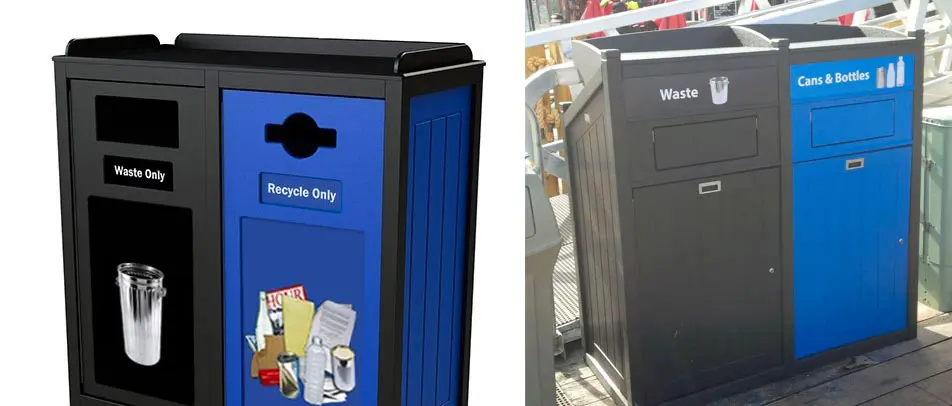






























































 Three Ways to Engage Teams and Clients to Maximize Your Recycling Program Engagement
Three Ways to Engage Teams and Clients to Maximize Your Recycling Program Engagement  How to Integrate Accessibility Into Your Sustainability Planning
How to Integrate Accessibility Into Your Sustainability Planning  Why Park Benches Can Promote Workplace Well-Being
Why Park Benches Can Promote Workplace Well-Being 
